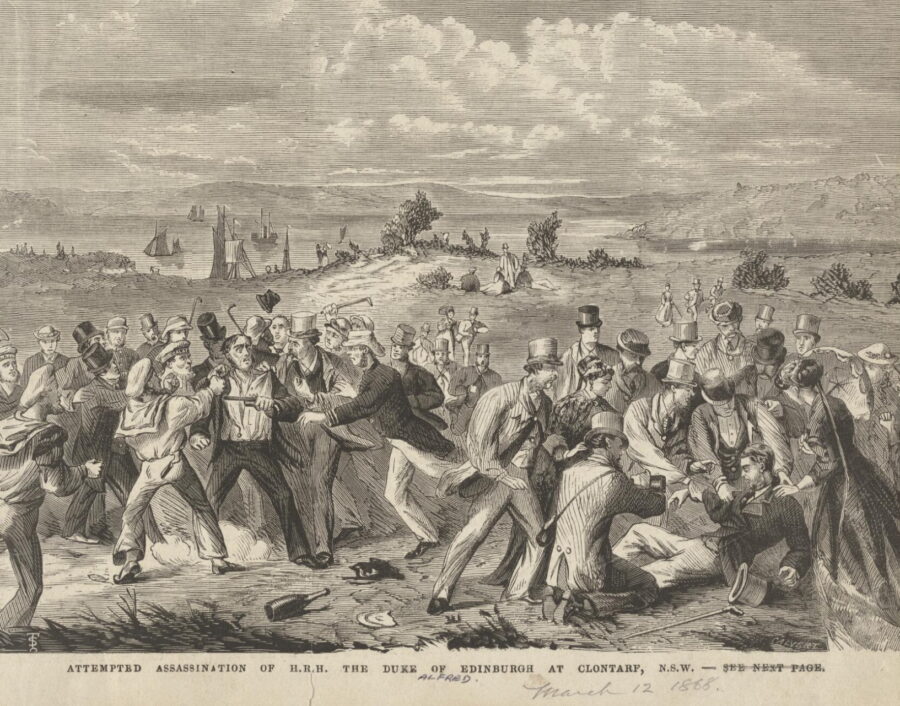On this day in history: Australia’s first would-be assassin executed

He caused one of of Australia’s greatest international incidents of the nineteenth century when he attempted to assassinate visiting royalty, and yet Henry James O’Farrell’s story is one unknown to many people.
In 1868, Prince Alfred — the Duke of Edinburgh and the second son of Queen Victoria — arrived in Sydney during a world tour of the British colonies. During a picnic on 12 March in Clontarf, north of Sydney, O’Farrell fired a revolver into Prince Alfred’s back. This deed would cause continuing unrest among the Irish settlers in NSW.
After his immediate arrest, O’Farrell claimed to be under orders from the Fenian Brotherhood — a radical Irish nationalist organisation. O’Farrell was fixated on what he believed were “the wrongs of Ireland”, shaped by his interpretations of Fenianism. He later stated; “…under the influence of those feelings that I attempted to perpetrate the deed for which I am now justly called upon to suffer”.

Even though no links were proven between O’Farrell and the Brotherhood, a rift developed between the Irish settlers which caused a divide in greater NSW. Irish Catholics were increasingly treated as enemies to the crown. An anti-Irish Catholic and non-loyalist movement began, which lasted years after the shooting.
Australia was united in shame that this international indignity had occurred under the world’s watch, and the nation collectively turned its rage toward O’Farrell. Local newspapers fanned the fire, adding to the growing display of prejudice towards Catholics and Irish.
Prince Alfred, who recovered with no more than a flesh wound, attempted to negotiate O’Farrell’s sentence on the grounds of insanity, to spare his life. The social tension and political stimulation the event had caused, however, made a fair trial impossible. O’Farrell was hanged at Darlinghurst Goal on the 21 April 1868, at the age of 35.
The papers reported in 1868 that upon a police search of O’Farrell’s belongings, indications of mental instability were present; “Not the slightest trace was found of this project being intended; but, consistently with the workings of a diseased mind”.
Henry James O’Farrell moved from Dublin to Australia in 1841 at the age of eight. For most his adult life, O’Farrell battled with his mental instability and alcoholism, which saw him in and out of mental asylums. In January 1867 he suffered a serious mental breakdown, from which it’s thought he never really recovered.
More than one hundred and forty years on, reminders of the event are still present. On 24 March 1868, the government authorised a building bearing Prince Alfred’s crest to honour his recovery. Today, the building, now the Royal Prince Albert Hospital in Camperdown, Sydney, is one of the nation’s most respected hospitals.

